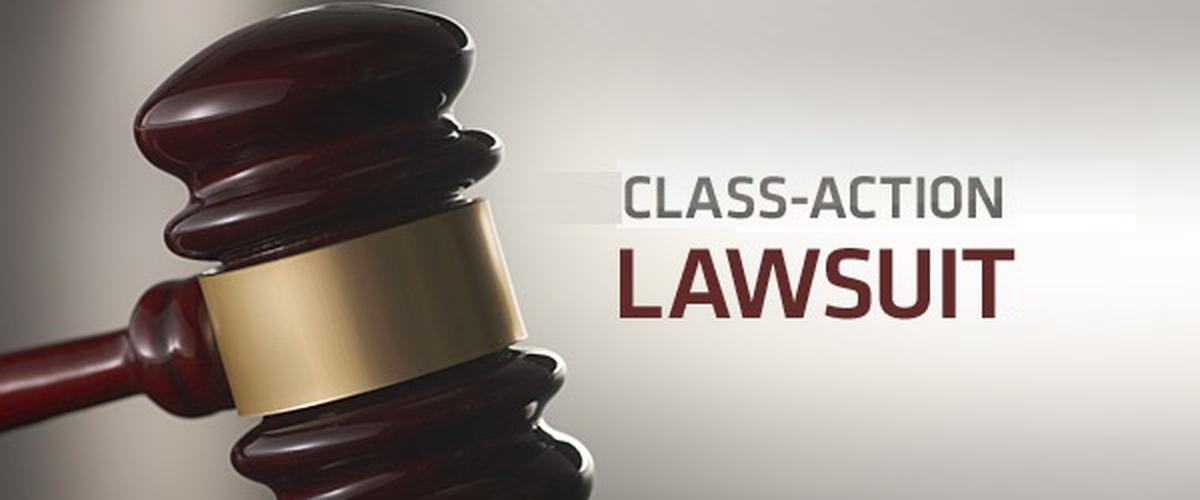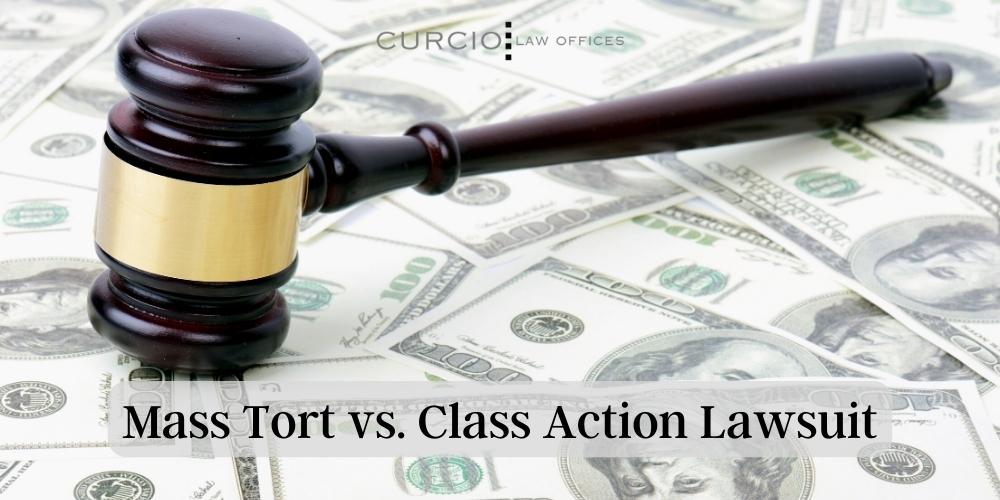Exploring Class Activity Lawsuits: What You Need to Know
Course action claims have come to be progressively common in today's lawful landscape, with people joining forces to seek remedy versus organizations and firms. In this conversation, we will certainly explore the ins and outs of course activity lawsuits, shedding light on their definition, the requirements for declaring, and the potential advantages and downsides included.
The Interpretation of Class Activity Claims
Just what is the interpretation of a course activity suit? A course action suit is a lawsuit filed by a team of individuals who have comparable insurance claims against a defendant. It permits a huge number of individuals, known as the course members, to join with each other and seek their cases jointly, rather than each individual filing a separate claim. Class action claims are generally brought when the variety of possible complainants is also large for specific lawsuits to be functional. They are generally used in instances entailing customer security, product obligation, safety and securities fraudulence, and work problems.
Among the essential elements of a class action claim is that the lead plaintiff, likewise known as the class agent, stands for the interests of all the course members. The court designates the lead plaintiff based on their ability to fairly and properly represent the course. The lead plaintiff functions carefully with the course action lawyer to develop a strong instance and seek payment or other solutions on behalf of the entire course.
In order for a class activity lawsuit to continue, the court should license the class. This means that the court establishes that the suit fulfills specific requirements, such as numerosity (a big enough variety of class members), commonness (typical inquiries of legislation or reality), typicality (the claims of the lead complainant are common of the course), and adequacy of representation (the lead complainant and class advice are capable of representing the course's rate of interests) As soon as the class is accredited, the legal action can move on, and any type of judgment or settlement got to will relate to all class participants unless they pick to opt-out.
Class action legal actions serve a vital objective in providing access to justice for people that may not have the sources to seek their claims separately. They additionally promote effectiveness in the lawful system by settling comparable claims into a solitary activity, lowering the burden on both the court and the celebrations included.
Needs for Submitting a Course Action Lawsuit

One more demand is that the class should be sufficiently numerous. The exact number of course participants required might vary depending upon the jurisdiction and the nature of the case. However, it is usually anticipated that the class should be large sufficient that signing up with all the private plaintiffs into a solitary legal action is a lot more effective than having multiple different legal actions.
In addition, it is necessary that the class representative, that is the individual or entity bringing the lawsuit on part of the class, has regular insurance claims and defenses to those of the class participants. The representative has to likewise be able to properly and rather stand for the interests of the whole course.

Advantages and Drawbacks of Class Activity Suits
Course action lawsuits supply both advantages and disadvantages for plaintiffs and offenders associated with the legal procedure. On the one hand, one of the substantial benefits of class activity suits is that they provide a affordable and reliable method for individuals with comparable claims to seek justice collectively. By settling various comparable situations right into one claim, course actions streamline the legal procedure and save time and sources for both plaintiffs and offenders.
Another benefit of class action legal actions is that they allow individuals with minimal sources to seek payment for their problems. In instances where the potential healing is tiny, specific lawsuits may not be financially sensible. Nevertheless, by joining forces in a course activity, complainants can merge their resources and enhance their possibilities of getting a reasonable resolution.
In addition, course activities can promote social change by holding corporations responsible for their actions. By bringing focus to prevalent transgression or malfunctioning items, course activities can push firms to transform their practices, improve item safety and security, or implement reforms.
However, course activities additionally have downsides. One possible negative aspect is that individual complainants might have restricted control over the lawsuits procedure and the utmost result of the situation. The lead plaintiffs and their attorneys generally make crucial decisions in support of the whole course, which may not always align with the individual interests of each class participant.
Additionally, course activities can be lengthy and lengthy, commonly taking years to reach a resolution. The complexity and dimension of these claims can result in delays and long term lawsuits, which can be annoying for both accuseds and plaintiffs looking for a timely resolution.
Steps Entailed in a Class Activity Suit
The procedure of a class activity claim generally starts with the identification of a potential course and the filing of a problem. Once a team of individuals that share similar insurance claims against an accused is identified, the lead plaintiff, or course agent, submits a grievance in behalf of the entire course. This complaint lays out the supposed misbehavior and seeks problems or other alleviation for all participants of the class.
After the issue is filed, the court will certainly identify whether the case fulfills the requirements for course qualification. These requirements commonly include numerosity (a big sufficient course), commonality (similar lawful cases), typicality (the lead plaintiff's claims are depictive of the course), and competence of depiction (the lead plaintiff and their lawyer can sufficiently stand for the course's interests)
If the court certifies the class, notice is supplied to all possible course members, providing the chance to opt-out if they want to seek their very own specific cases - Archer-Daniels-Midland class action lawsuit. If an adequate number of class members stay, the situation will certainly continue to the exploration stage, where both sides collect proof and details pertinent to the cases
Adhering to exploration, the events might involve in negotiation arrangements or continue to test. If the instance mosts likely to test and the course dominates, the court will figure out the proper damages or relief to be awarded to the class participants.
Current Site Course Activity Lawsuits
With a strong understanding of the steps associated with a course activity legal action, it is now crucial to check out some recent spots situations that have made a significant impact in the lawful landscape. Archer-Daniels-Midland class action lawsuit. These instances have not just shaped the way course activity suits are conducted yet have actually also brought around adjustments in different industries
One such landmark situation is the Volkswagen exhausts detraction, which led to the biggest class activity settlement in vehicle background. This deception influenced millions of consumers worldwide, leading to a course action claim.
An additional noteworthy situation BioVie class action lawsuit is the Johnson & Johnson talcum powder lawsuit. Thousands of ladies submitted lawsuits against the business, asserting that their talcum powder products triggered ovarian cancer cells.
These recent landmark situations show the power of class action legal actions in holding firms responsible for their activities and seeking justice for affected individuals. They act as examples of just how course action lawsuits can cause considerable modifications and secure the civil liberties of customers.
Verdict
In conclusion, course activity claims are a legal device that permits a team of individuals to collectively look for justice for a typical grievance. Comprehending the requirements and actions entailed in filing a course activity suit is essential for people seeking to seek this legal avenue.
One of the vital elements of a course action lawsuit is that the lead complainant, likewise known as the course agent, represents the passions of all the class participants.In order for a course action legal action to proceed, the court should license the course. This means that the court determines that the legal action satisfies certain needs, such as numerosity (a large adequate number of class participants), commonality (common concerns of law or truth), typicality (the claims of the lead plaintiff are typical of the course), and adequacy of depiction (the lead complainant and course advise are capable of representing the class's passions) When the course is certified, the claim can move ahead, and any judgment or negotiation reached will use to all course participants unless they choose to opt-out.
The process of a course action suit generally begins with the recognition of a possible class and the filing of a grievance.